I have an absolute obsession with hats, I love them to death. So this page is all about the history of different hats (more traditional ones such as bowler hats) and how you should historically wear them. (Wear them however you want this is just historically!)
Top Hats.
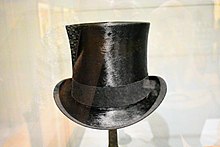
Ah yes, top hats. One of the most recognisable hats out there. The first story (or legend) of a top hat being worn was in 1797 by haberdasher John Hetherington, who caused such a stir, that he was fined £500 for it in today’s money! Although, this story is usually seen as an early example of fake news, so take it with a pinch of salt. Top hats as we all know really kicked off during the 19th century and was worn by tycoons of industry, royalty, game mascots, at weddings, and today, Royal Ascot. Historically, top hats were worn with Morning Dress or White Tie which consisted of a shirt, tie, waistcoat (or vest) and a long coat. (Hat included, obviously!) White tie is the most formal dress code to date and is very, very rare nowadays. It consists of a white shirt, detachable collar, (or just an attached wing collar on a modern shirt) white bow tie, white waistcoat, black trousers and a long black cutaway coat. Obviously, these dress codes are very formal so I recommend trying some slightly less formal outfits to try to wear with this lovely kind of hat. A grey one can also be substituted for a black one, typically at Royal Ascot is very common.
Bowler Hats.
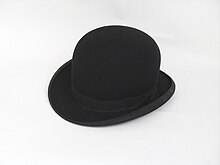
Bowler hats are an essential item in the wardrobe of a stereotypical British Gentleman, it is a stiff hat with a bowl-shaped crown. (The top of a hat.) Although, that’s not where it got it’s name. It’s story starts at Holkham Hall in England. Holkham Hall had gamekeepers who rode around on horses, tending to the grounds and animals, but the gamekeepers wore top hats, which could get knocked off easily by branches, and could get damaged and were expensive to buy back then. So, in 1849, Edward Coke, the younger brother of Thomas Coke, 2nd Earl of Leicester, (who owned Holkham hall) commissioned a hat and brought the idea to Lock and Co. Hatters in London, which still stands today. The hat got commissioned and his older brother, Edward Coke went to London to collect the new hat. Legend has it that Thomas set the hat on the ground and stomped on it twice without it receiving any damage. He was satisfied and brought it back to Holkham Hall and when Lock and Co. saw the potential, they started selling the hats and branded them ‘bowler hats’ after the Bowler brothers who made the original hat. (But Lock today call them ‘cokes’.) Bowlers were traditionally worn with any suit, or stroller suit. So you can pretty much wear them with any suit and tie you have, and go off a-carolling!
Boater Hats.
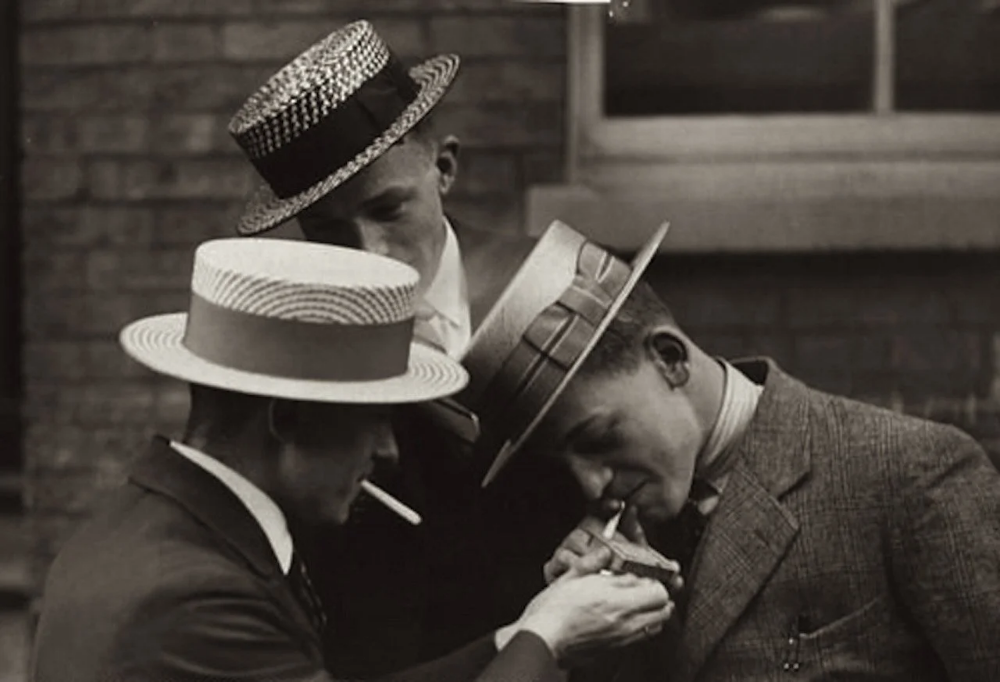
Boater hats are a flat-crowned and flat-brimmed hat which was worn in the summer by men, women and children! Boater hats originated from straw hats sailors used to wear and in the early 1800s, boaters became popular summer accessories for women and children. It wasn’t until the 1880s did boaters become popular for men. Boaters are very, very rare these days, and similar to bowler hats, you can wear them with any suit or summer suit, obviously it might get a bit too hot in there so you might just want to go for summer suits instead.
Fedora Hats.
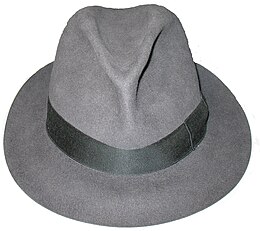
Fedora hats are hats that have a pinched crown, wide brims and generally have a leather or grosgrain band around them. Fedoras originally started off a women’s hat. In 1897, there was a play called ‘Fedora’ in which the main protagonist wore a hat slightly similar to fedoras but was a bit smaller and didn’t sit fully on the head. Hatters started to make hats similar to this calling them ‘fedoras’. It quickly soared past bowlers and caps, especially boaters and top hats. The hat soon became an item of menswear and by the 1920s it had fully cemented itself in menswear. Historically, a fedora would’ve been worn with a simple suit and tie.
Trilby Hats.

Trilbies are short-brimmed hats with a pinched crown. These typically get mistaken for fedoras, but you can tell the difference by the brim, fedoras usually have wider brims. In 1894, a novel written by George du Maurier called ‘Trilby’ was published. The hat was first worn in the London production of the play, thus being called a ‘trilby’. Historically, trilbies would be worn with yet again, suits and ties. Although a sweater could be substituted by would still keep the shirt and tie.
Panama Hats.
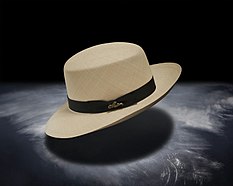
Panama hats are basically straw fedoras intended for summer. The hat, believe it or not, originated in Ecuador and not Panama. When Spanish Conquistadors landed in Ecuador in 1526, the inhabitants of the coastal regions wore brimless hats which resembled toque hats. (Chef hats.) Which were hats woven from toquilla straw. Over time, it’s popularity in hotter climates grew and grew, and sadly today, it is not worn as often as it once was. Historically, men would either wear summer suits and ties, or just untucked white shirts.
Flat Caps (+ Newsboy Caps).
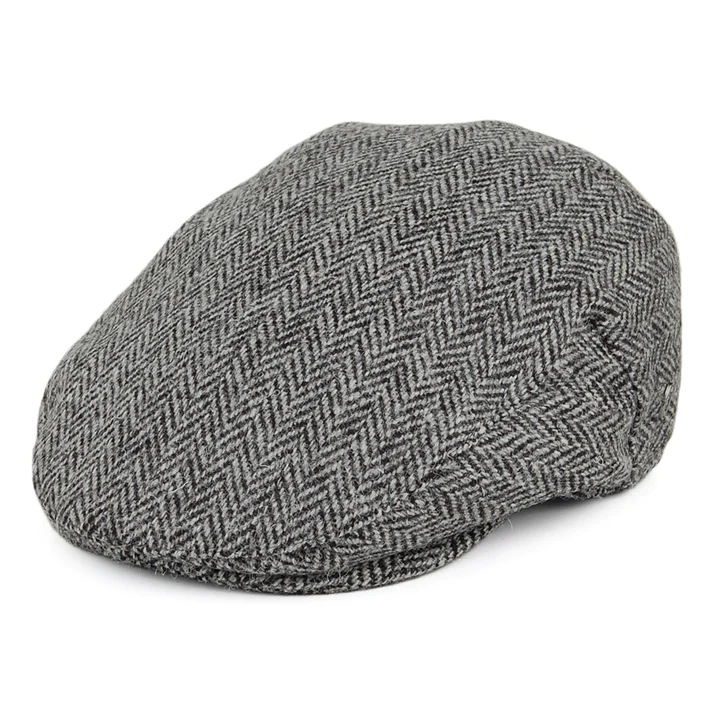
A flat cap is typically a woolen hat, which is very streamlined and features a stiff peak at the front of it. Unlike some of the other hats mentioned above, flat caps are still popular around the world, typically in the UK and Ireland – their place of origin. It is also known as a ‘paddy cap’ in Ireland. There is a lot of history behind this hat, but I’m just going to get onto the birth of the more modern flat cap. Flat caps were originally a workman’s cap as they were cheap and durable, (The same with bowlers as well.) but it is also associated with the upper classes when they wear them on their vast estates out in the countryside. The name of who invented the stiff peak on the front of flat caps (and newsboy caps which I will get onto later,) has sadly been lost to history. Newsboy caps are very similar but can get mistaken sometimes, the difference being the button on the top and slightly more rounder shape. Historically, it was either worn with a button-down or grandad collar shirt, maybe a tie, a waistcoat and some trousers. Or with a suit and tie, perhaps even a three-piece suit.
Image sources: Wikipedia and DeTouJours.com.
![]()